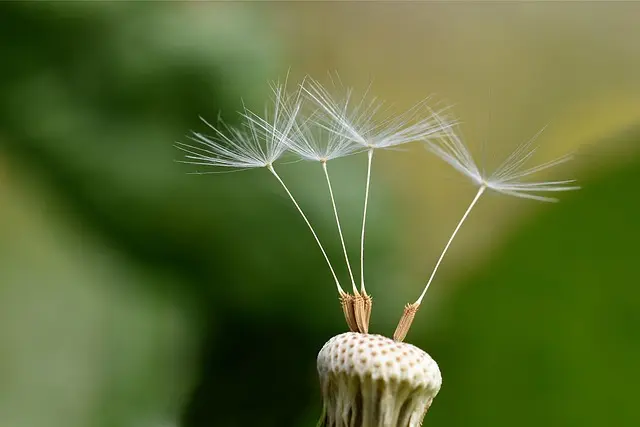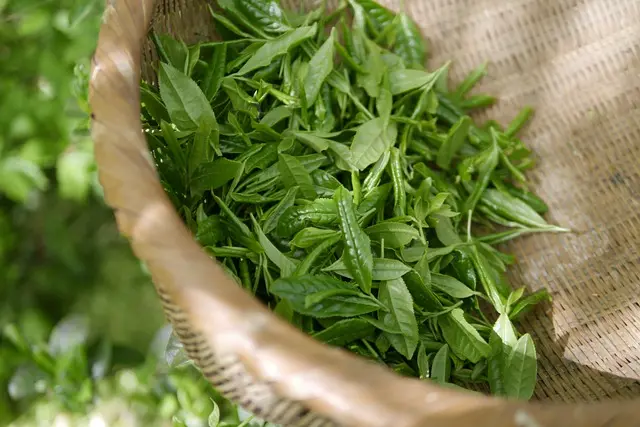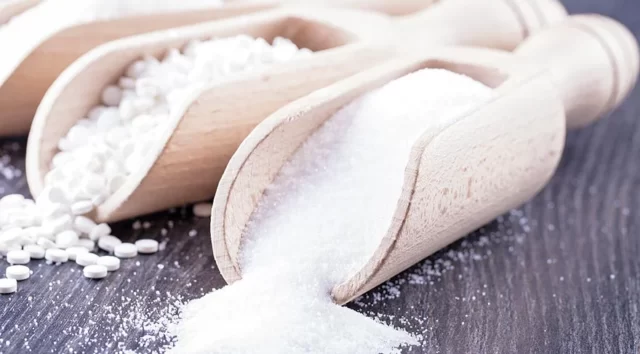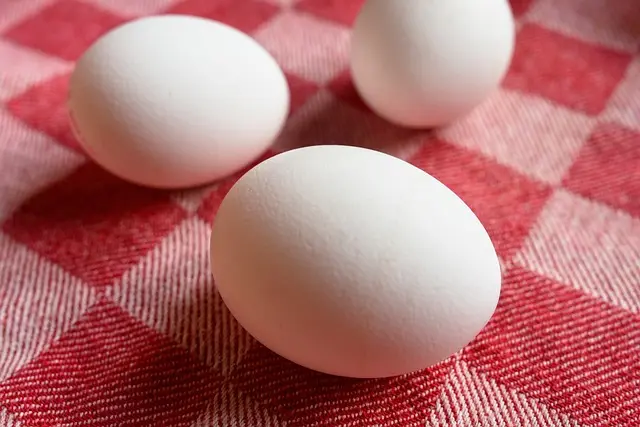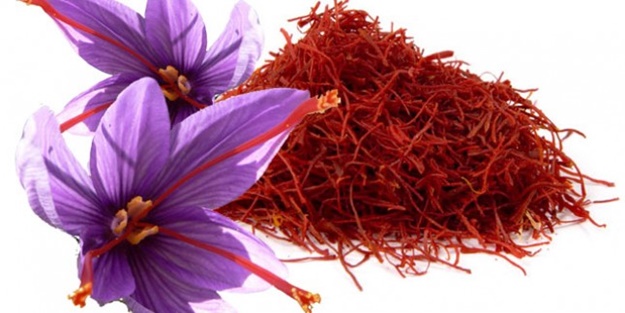
The homeland of saffron, whose history dates to ancient times, is Iran, Pakistan, India and Afghanistan. It is considered the most expensive spice in the world. Saffron is a bulbous cultivar from the iris family. The plant begins to bloom in the autumn months in size of 20-30 cm. The stigmas in its flowers are collected and dried to obtain saffron. Known as a valuable spice, saffron has a wide range of uses in the food industry as well as in pharmaceuticals, dyes and cosmetics. Let’s take a brief look at the chemical content and properties of saffron.
Chemical content
Saffron contains more than 150 compounds. Among them, there are carotenoids such as crocin and crocetin, terpenes, flavonoids, which are the active components in dyeing, secondary components such as pyrocrocine, which creates the sharp taste of saffron, and safranal, which provides a characteristic odor.
Its chemical content consists of 0.3-0.8% essential oil, 5.8% fixed oil, 11-12% starch, 12-13% protit and glycosides.
Saffron uses and properties
- Saffron has great effects on human health. For this reason, it is frequently used in the pharmaceutical industry. Medicines produced especially for the treatment of diseases such as loss of appetite, indigestion, insomnia, measles and bronchitis contain saffron.
- As a result of the research, it has been revealed that it has an important effect against cancer. It reduces the number of white blood cells in the blood.
- It is used as a spice in the food industry. Thus, it adds color and flavor to the dishes.
- It can also be used instead of artificial colorants in the food industry. It has natural anthocyanin properties.
- Saffron is used as a natural antioxidant.
- It has positive effects on insulin resistance and memory.
- Saffron is effective on visual disorders.
- It has been determined that it has a moisturizing effect on the skin and is good for skin health.



